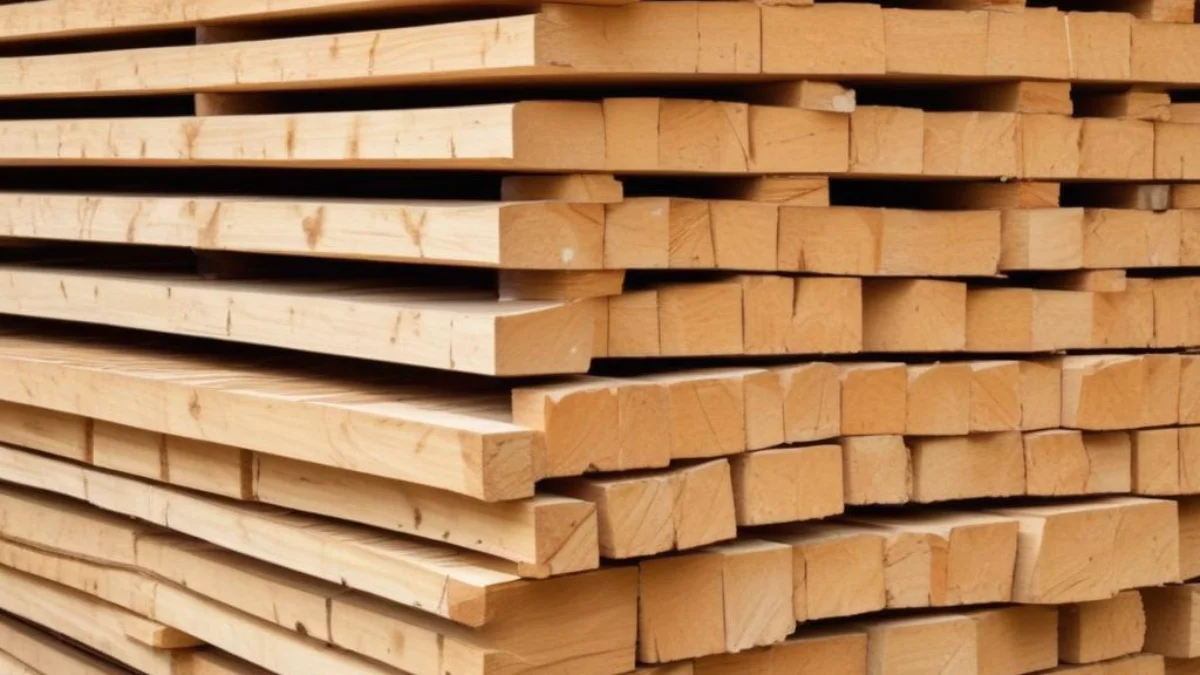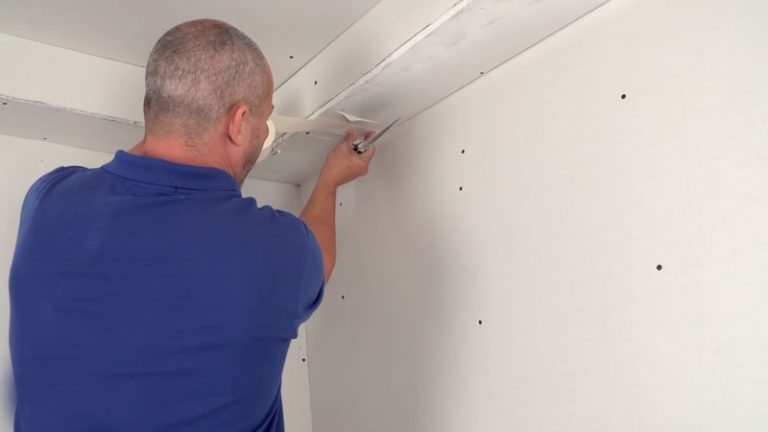Will Fence Prices Go Down? The Ultimate 2025 Market Guide
You’ve pictured it: a beautiful new fence defining your property, offering privacy and boosting your home’s curb appeal. But one question looms large, creating a significant hurdle for many homeowners: will fence prices ever go down? After years of market volatility, seeing the cost of materials and labor climb can be disheartening. Many are left wondering if they should build now or wait for a better deal.
The frustration is understandable. Budgeting for a major home improvement project like a fence is challenging enough without unpredictable market swings. This article will break down the complex factors influencing fence prices, explore current market trends, and provide expert predictions to help you decide if 2025 is the right time to build.
You'll Learn About
Understanding the Forces Driving Fence Costs
Fence pricing isn’t arbitrary; it’s a complex interplay of various economic and logistical factors. Understanding these elements is the first step toward making a financially sound decision for your fencing project. From the raw materials pulled from the earth to the skilled hands that assemble the final product, every step has a cost.
Several key components consistently influence the final price tag of a new fence. These include the cost of materials like wood, vinyl, and metal, the availability and cost of labor, and broader economic trends that affect supply chains and consumer demand. Let’s delve into what’s been happening in each of these areas.
The Rollercoaster of Material Prices
The core of any fence is its material, and the price of these raw goods is the single biggest variable in your total cost. Wood, vinyl, and metal (like aluminum and steel) are the most common choices, and each has its own unique market dynamics.
For instance, wood prices have seen significant volatility. After reaching historic highs, lumber prices have begun to stabilize but can still be affected by factors like wildfire seasons and tariffs on imported wood. Vinyl fencing, a popular low-maintenance option, has seen its price influenced by the cost of petroleum, a key component in its manufacturing process. Similarly, the global markets for aluminum and steel are subject to supply and demand shifts, which directly impact the cost of metal fencing options.
Labor Shortages and Rising Installation Costs
A fence doesn’t build itself. The cost of labor is a significant portion of any fence installation budget, typically accounting for 10% to 20% of the total project cost. In recent years, a shortage of skilled labor in the construction industry has put upward pressure on wages. This means that even if material prices were to fall, the cost of having a professional install your fence might remain elevated.
The complexity of the installation also plays a role. A simple, straight fence on level ground will cost less in labor than a fence on a steep slope or with intricate design features. Preparing the site, which can include removing old fencing or clearing vegetation, will also add to the labor costs.
Economic Headwinds: Inflation and Supply Chains
Broader economic conditions cast a long shadow over the fencing market. Inflation affects every aspect of the supply chain, from the fuel used to transport materials to the wages paid to workers. When the cost of doing business rises for manufacturers and installers, those increases are inevitably passed on to the consumer.
Supply chain disruptions, which became a household topic during the pandemic, can also lead to material shortages and price spikes. While many of these issues have eased, the global supply chain remains vulnerable to geopolitical events and trade policies, which can introduce new uncertainty into pricing.

Market Trends and Predictions for 2025: What to Expect
So, what does all this mean for the price of your new fence in 2025? While no one has a crystal ball, by analyzing current trends and expert forecasts, we can piece together a likely picture. The general consensus is that while the wild price swings of the past few years are likely behind us, a significant drop in overall fence prices is unlikely.
Experts predict that prices for most fencing materials will see modest increases or remain relatively stable throughout 2025. For example, some analysts expect lumber prices to see small increases, while metal prices for materials like aluminum are also projected to rise slightly. Vinyl fencing costs, which have seen some decreases from their peak, are expected to stabilize.
A Closer Look at Material Forecasts
Wood fencing, particularly popular options like pressure-treated pine and cedar, will likely continue to see prices influenced by housing market demands and supply factors. While prices have come down from their peaks, they remain higher than pre-pandemic levels. Homeowners should budget for wood privacy fences to cost between $25 to $50 per linear foot installed.
Vinyl (PVC) fencing has become a go-to for those seeking a low-maintenance solution. After a period of elevated prices, the market has seen some relief. In 2025, you can expect to pay around $25 to $40 per linear foot for a standard 6-foot vinyl privacy fence. However, these prices are always subject to changes in raw material costs.
Aluminum and steel fencing are prized for their durability and sleek appearance. The prices for these metals are tied to global commodity markets. Projections for 2025 suggest a stable to slightly increasing price trend for aluminum. Expect to budget between $45 and $65 per linear foot for a standard aluminum fence.
Actionable Solutions: How to Save on Your Fence Project Now
Waiting indefinitely for prices to drop may not be the most practical strategy. Instead, there are several effective ways to manage the cost of your fencing project and get the best possible value in the current market. By being a savvy planner and an informed consumer, you can make your fencing project more affordable without sacrificing quality.
From choosing the right materials to timing your installation strategically, you have more control over the final cost than you might think. A little flexibility and research can lead to significant savings. Thinking about home efficiency beyond your fence? You might find our article on how to insulate skylights for winter to be a useful resource for further home improvement savings.
Choosing Cost-Effective Materials and Designs
One of the most direct ways to control costs is by carefully selecting your fencing material. While you may have your heart set on a particular look, exploring similar but more affordable options can make a big difference. For instance, pressure-treated pine is generally more budget-friendly than cedar or redwood.
The design of your fence also plays a crucial role. A simpler design will always be cheaper than one with custom details, decorative post caps, or intricate lattice work. Opting for a standard height, such as 6 feet for a privacy fence, can also be more cost-effective than a taller 8-foot fence which requires more material and often more robust posts.
| Fence Material | Average Cost per Linear Foot (Installed) | Pros | Cons |
|---|---|---|---|
| Pressure-Treated Pine | $20 – $35 | Affordable, classic look, readily available | Requires regular maintenance (staining/sealing) |
| Cedar Wood | $25 – $40 | Naturally resistant to rot and insects, attractive appearance | Higher upfront cost than pine |
| Vinyl (PVC) | $25 – $40 | Low maintenance, durable, variety of styles | Higher initial cost than wood, can be damaged by impacts |
| Chain Link | $15 – $30 | Very affordable, durable, low maintenance | Offers little privacy, basic aesthetic |
| Aluminum | $45 – $65 | Rust-proof, elegant appearance, low maintenance | Higher cost, not ideal for privacy or security |
The Best Time to Build: Strategic Timing for Savings
Just like with many other industries, the fencing business has peak seasons and off-seasons. Spring and summer are typically the busiest times for fence contractors, which can lead to higher prices and longer wait times. Scheduling your fence installation during the fall or winter can often result in significant savings.
Contractors are more likely to have openings in their schedules during these slower months and may offer better pricing to keep their crews busy. An added benefit of a winter installation is that your landscaping is likely dormant, reducing the risk of damage to your plants and lawn during construction. Just as you might consider off-season projects for your exterior, ensuring your home’s interior systems are efficient, like understanding issues with a cold air return with no ductwork, can lead to year-round savings.
DIY vs. Professional Installation: A Cost-Benefit Analysis
For those with the right skills and tools, a DIY fence installation can be a major money-saver, potentially reducing the total cost by half by eliminating labor expenses. However, it’s crucial to be realistic about the demands of the job. Installing a fence is physically demanding work that requires precision and knowledge of local building codes.
Mistakes during a DIY installation can be costly to fix and may compromise the structural integrity and appearance of your fence. If you’re not confident in your abilities, hiring a professional is often the wiser investment. They have the experience and equipment to do the job efficiently and correctly, and their work is typically guaranteed. If you’re tackling other home maintenance tasks, learning the right way to do things, such as how to defrost a freezer without getting water everywhere, can also save you time and hassle.
Getting Multiple Quotes and Negotiating
One of the cardinal rules of any major home improvement project is to get at least three quotes from reputable contractors. This allows you to compare not just the bottom-line price, but also the scope of work, materials offered, and the contractor’s warranty. Be wary of any quote that is significantly lower than the others, as it may indicate subpar materials or inexperienced labor.
Don’t be afraid to ask questions and discuss the details of your project. A good contractor will be able to explain the reasons for their pricing and may be able to suggest cost-saving alternatives. While prices aren’t always negotiable, having multiple quotes gives you a stronger position and a better understanding of the fair market rate for your project.
Final Verdict: Should You Build Your Fence in 2025?
For homeowners hoping for a dramatic drop in fence prices, 2025 may not bring the news you’re looking for. The market appears to be entering a period of stabilization, with the potential for minor price fluctuations. Waiting could mean paying slightly more later, especially if demand for housing and remodeling projects remains strong.
Ultimately, the decision of when to build a fence is a personal one that depends on your needs, your budget, and your priorities. If you need a fence now for reasons of privacy, security, or containing pets and children, then moving forward with your project in 2025 is a reasonable choice. By using the cost-saving strategies outlined above—choosing materials wisely, timing your project for the off-season, and getting multiple quotes—you can make your new fence a valuable and affordable addition to your home.

